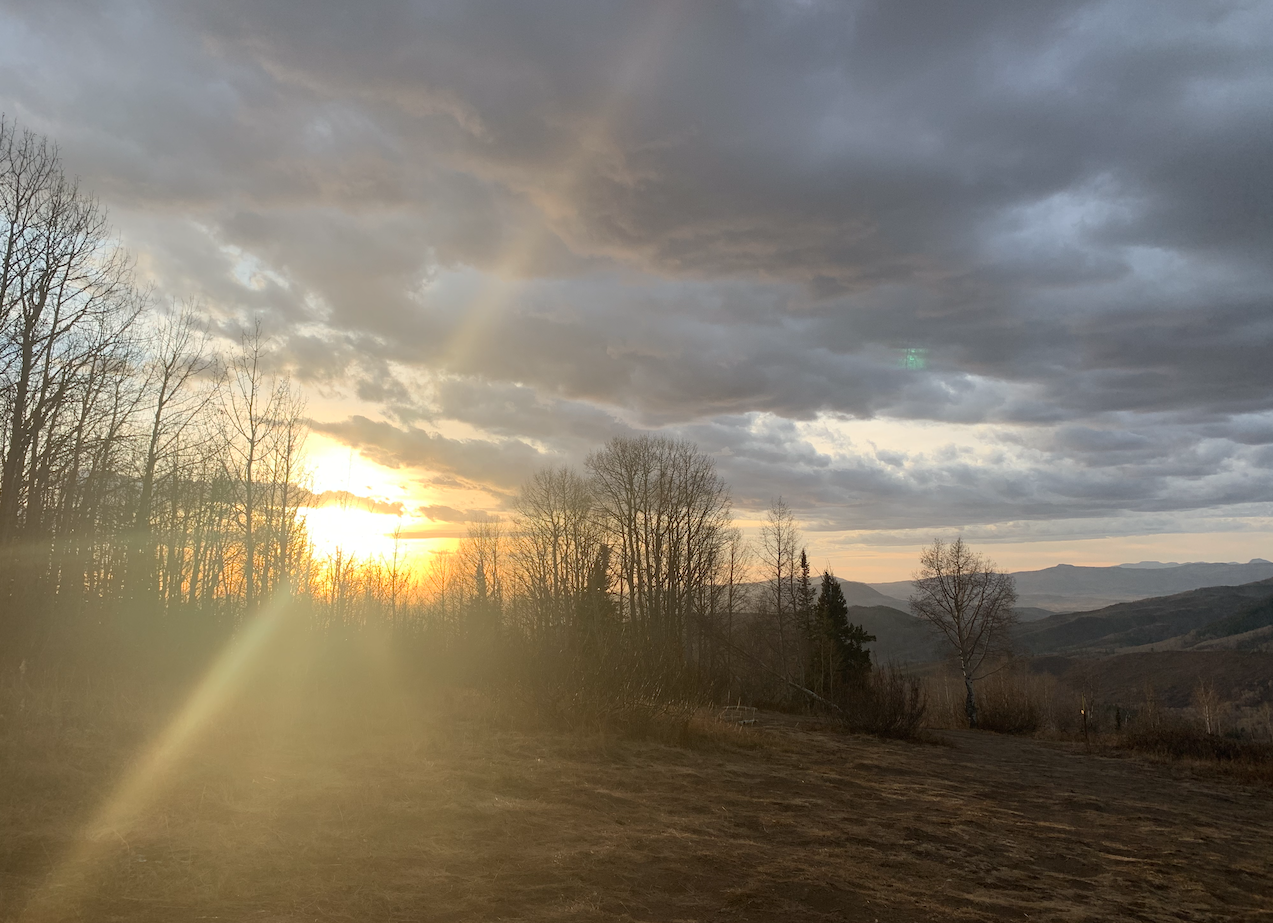Spring where I live means muddy trails, gray skies, spring snowstorms and (maybe) a few patches of green grass. It also means tree buds, which caught my attention this year.
Except, in an effort to learn about tree buds, I found out that the buds have actually been around since the fall, when trees have their last big hurrah of growth and prepare for winter. A good reminder for me that sometimes I only notice what I'm looking for.
The whole experience made me wonder how trees can survive winter: sub-zero temperatures, feet of snow, blizzard conditions, with no warm cave or burrow to escape to.
It turns out trees actually enter into a dormant period over winter. Before winter, they make a growth regulator called abscisic acid (ABA) that halts their growth. Some trees dehydrate their cells, pushing water out of the cell and into the spaces between: there, it can freeze without damaging the cell. Other trees beef up the number of minerals, hormones and other solutes in their cells, lowering the freezing point to prevent freezing. That still isn't always enough, as evidenced by trees that crack or "explode" in frigid temperatures. But those efforts get most trees through the long, cold winter months.
Now back to the tree buds. Cut one open, and you'll see tiny leaves, ready to grow as soon as days lengthen and temperatures warm.
I love that, how a bud contains everything needed for broad, green leaves, just waiting for conditions to be right. And it reminds me of how writing sometimes feels. Like something is there under the surface, not quite ready to appear. Creativity, like creation, is cyclical. Periods of intense growth and productivity are followed by periods of... nothing.
In writing, I love the first draft part the most, when thousands of words are hammered out and cloudy ideas slowly take shape. Revision is harder for me (though sticker charts help). But the hardest is when I have no writing to do. My creativity seems spent and no new ideas are prodding me on. Books are out to editors, waiting for revisions to return. And I muddle through the days, thankful for my part-time jobs, wondering whether I'll ever write another creative word again.
That's when I need to remember that there's a rhythm to creating. There are seasons - winters followed by springs, ups followed by downs. Even trees rest through winter. And maybe those dismally unproductive periods are actually necessary to prepare for the next spurt of growth. After all, the buds of the next project are likely there, just waiting for spring.
_________
Images from Pixabay/Creative Commons











